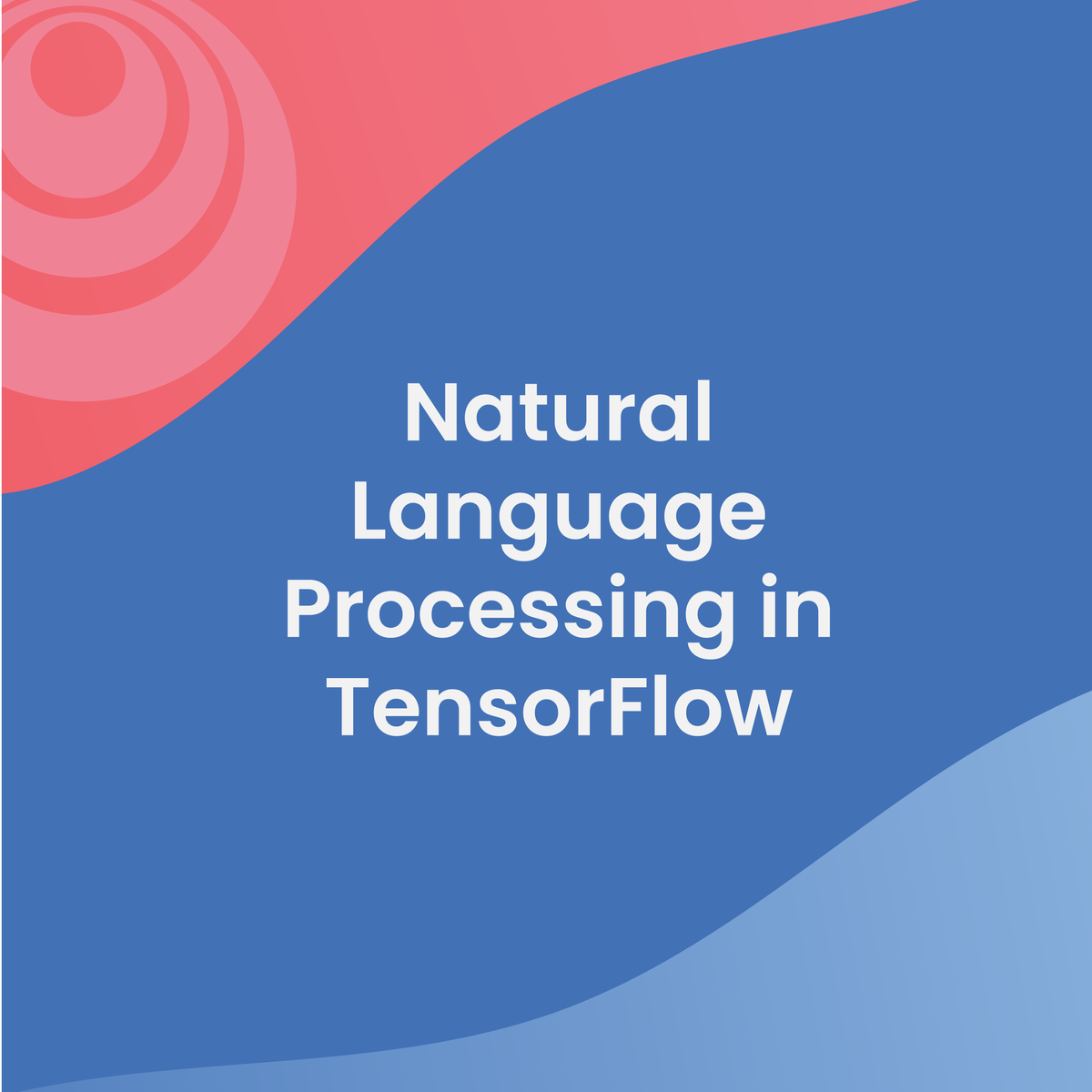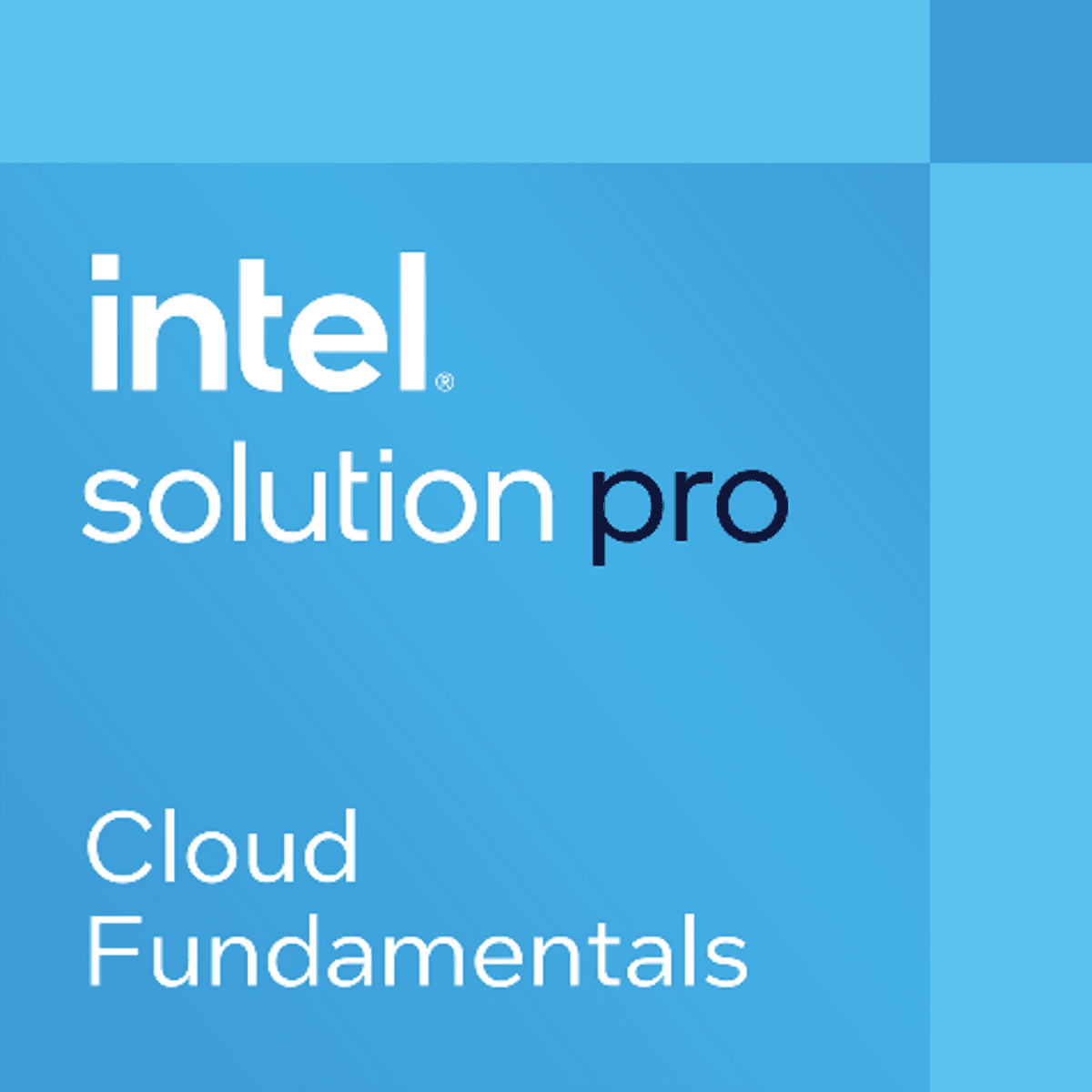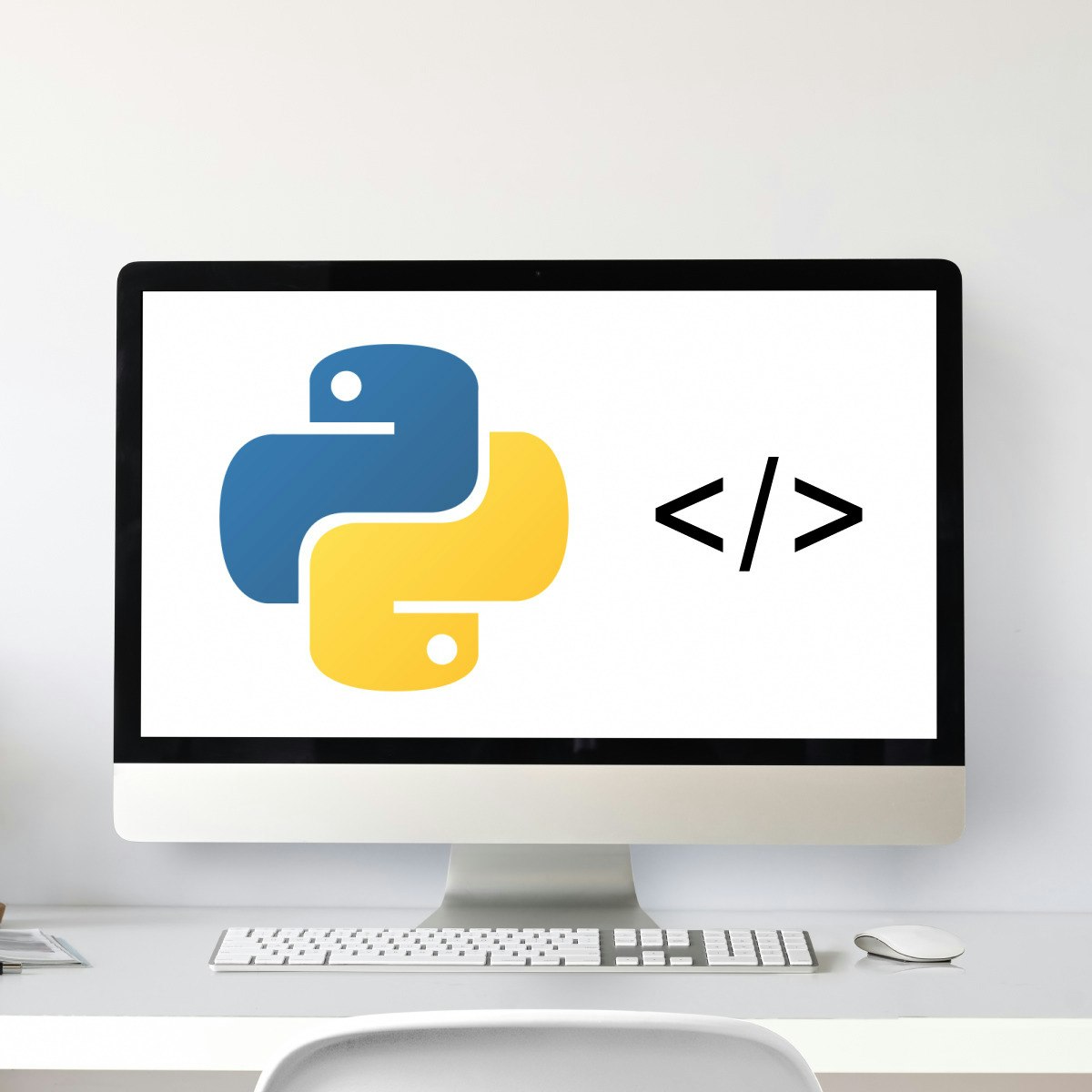Back to Courses









Computer Science Courses - Page 176
Showing results 1751-1760 of 2309

Web3 and Blockchain Transformations in Global Supply Chains
The global supply chain is a $50 trillion industry and is the foundation of our global economy. While information technology has improved the flow of goods globally over the last few decades, as the COVID-19 crisis revealed there is still critical work to do. Today’s supply chains are complex, with parties conducting their transactions through a Byzantine network of computer systems with disparate applications like e-mail, phone, and fax. There are invoices, letters of credit, bank guarantees, bills of lading, tax forms, receipts, and other paperwork moving through this complex labyrinth. Payments are made through a hodgepodge of intermediaries, and consumers and supply chain players alike struggle to get accurate information.
Enter blockchain—the Internet of Value. For the first time in human history, individuals and organizations can manage and trade their assets digitally peer to peer. These assets can be digital like money, identity, and private information; or they can be physical assets represented by digital tokens. Parties to a transaction achieve trust not necessarily through an intermediary, but through cryptography and clever code. In this course, you will learn how blockchain can improve global supply chains by streamlining processes, reducing costs and fraud, improving supply-chain visibility, authenticating assets and their origins, and ultimately fuelling product innovation.
Development of this course was made possible thanks to the generous support of FedEx. Dale Chrystie, Business Fellow & Blockchain Strategist at FedEx, appears in several of the course videos, bringing a real-world industry perspective to the course. The scripts for these videos have been written and/or reviewed by the Blockchain Research Institute and approved by INSEAD to ensure that this content is pedagogically sound, unbiased, and academically rigorous.

Docker Essentials & Building a Containerized Web Application
This is a 2-hour long project-based course and the most comprehensive one about Docker Containers. By the end of this project, you will have packaged, built, and deployed a static web application using Docker. Along the way, you will also learn the essential concepts and commands about Docker containers. Apart from demystifying the Docker landscape, it'll prepare you with hands-on experience for building and containerizing your own applications.
Even if you have no prior experience with containers, this project should be all you need to:
- Get started with Docker containers & related concepts.
- Deep-dive to get your hands dirty with Docker command-line.
- Emerge as someone who knows how to use Docker and build containerized applications.
Note: This course works best for learners who are based in the North America region. We’re currently working on providing the same experience in other regions.

Palo Alto Networks Cybersecurity Foundation
Palo Alto Networks Cybersecurity Foundation
Course Description:
In this course, students will learn fundamental principles associated with the current
cybersecurity landscape and identify concepts required to recognize and potentially
mitigate attacks against enterprise networks as well as mission critical infrastructure.
Students will also learn how to initially setup and configure security zones,
authentication, and policies on a next generation firewall.
Learning Objectives:
Upon completion of this course, students will be able to:
Upon completion of this course students will be able to perform the following:
• Discover modern computing trends and application threat vectors.
• Configure a network interface and test for connectivity.
• Identify cloud computing and software-as-a-service (SaaS) application
challenges.
• Explore recent cyberattacks and their impact on business.
• Review attacker profiles, motivations and the Cyber-Attack Lifecycle.
• Recognize high-profile cybersecurity attacks and Advanced Persistent Threats.
• Identify malware types, vulnerabilities, exploits, spamming and phishing attacks.
• Configure and test a malware analysis security profile.
• Describe how bots and botnets are used to attack enterprise networks.
• Explore Zero Trust design principles, architecture, capabilities, and
implementation.
• Review perimeter network security strategies, policies, models, and trust
boundaries.
• Setup and configure inside, outside and DMZ security zones on a NGFW.
• Create and test an authentication policy on a next generation firewall.
• Review capabilities of the Security Operating Platform and components.
• Explore how to secure the enterprise with NGFW and Traps endpoint protection.
• Discover how to secure the cloud with Prisma Access, SaaS, and Cloud.
• Examine how to secure the future with Cortex Data Lake and XDR.
• Apply two-factor authentication on the next generation firewall (NGFW).
• Configure the NGFW to allow only trusted applications.

Concepts in Python: Loops, Functions and Returns
By the end of this project, you will create a number of examples that will develop your learning around concepts in Python. This course will enable you to take your beginner knowledge of Python to the next level by incorporating loops, functions, and returns into your programming. Thus, you will be able to develop more complex code and be able to solve more difficult problems. This course will provide students with the knowledge behind different concepts in Python such as loops, methods, and returns which will enable you to write high-quality code.
Thus, ensuring that your code is efficient and robust which is an essential aspect of writing high-quality code. This project will take students through a number of examples demonstrating the most useful Python concepts. You will gain an understanding of these concepts from the in-depth examples provided.

Natural Language Processing in TensorFlow
If you are a software developer who wants to build scalable AI-powered algorithms, you need to understand how to use the tools to build them. This Specialization will teach you best practices for using TensorFlow, a popular open-source framework for machine learning.
In Course 3 of the deeplearning.ai TensorFlow Specialization, you will build natural language processing systems using TensorFlow. You will learn to process text, including tokenizing and representing sentences as vectors, so that they can be input to a neural network. You’ll also learn to apply RNNs, GRUs, and LSTMs in TensorFlow. Finally, you’ll get to train an LSTM on existing text to create original poetry!
The Machine Learning course and Deep Learning Specialization from Andrew Ng teach the most important and foundational principles of Machine Learning and Deep Learning. This new deeplearning.ai TensorFlow Specialization teaches you how to use TensorFlow to implement those principles so that you can start building and applying scalable models to real-world problems. To develop a deeper understanding of how neural networks work, we recommend that you take the Deep Learning Specialization.

Data Platform, Cloud Networking and AI in the Cloud
The Data Platform course aims to establish a strong foundation, and working knowledge of the fundamentals of data, including data mechanics, databases, and other foundational elements of data processing. This course will drill into the specific data management elements including relational taxonomy of data, data lifecycle and fundamentals databases and data processing and analysis. The course also covers the relevance of IA with respect to data in the cloud. The Cloud Networking course covers network concepts, topology, types of devices and data center functions, with an introduction to key Intel® networking products and features. The AI in the Cloud module will improve the learner's ability to guide customers toward Intel Artificial Intelligence-based instances and services from the major cloud service providers, including Azure, AWS, and GCP. It will describe cloud AI trends and summarize the AI-as-a-Service offerings from the primary CSPs. Also covered will be a focus on specific benefits customers get from using Intel architecture in AI environments, including multiple end-user success stories using Intel-based instances.
An Introduction to Interactive Programming in Python (Part 1)
This two-part course is designed to help students with very little or no computing background learn the basics of building simple interactive applications. Our language of choice, Python, is an easy-to learn, high-level computer language that is used in many of the computational courses offered on Coursera. To make learning Python easy, we have developed a new browser-based programming environment that makes developing interactive applications in Python simple. These applications will involve windows whose contents are graphical and respond to buttons, the keyboard and the mouse.
In part 1 of this course, we will introduce the basic elements of programming (such as expressions, conditionals, and functions) and then use these elements to create simple interactive applications such as a digital stopwatch. Part 1 of this class will culminate in building a version of the classic arcade game "Pong".

Publish your corporate designs on Slack with Canva
At the end of this project, you will have all the basic skills to create professional designs and publish them on Slack using Canva, an online platform for creating and editing Marketing content. You'll be able to integrate Slack with your Canva and share your designs with your colleagues.

Python Project for AI & Application Development
This mini-course is intended to apply foundational Python skills by implementing different techniques to develop applications and AI powered solutions. Assume the role of a developer and unit test and package an application with the help of multiple hands-on labs. After completing this course you will have acquired the confidence to begin developing AI enabled applications using Python, build and run unit tests, and package the application for distribution.
PRE-REQUISITE: **Python for Data Science, AI and Development** course from IBM is a pre-requisite for this project course. Please ensure that before taking this course you have either completed the Python for Data Science, AI and Development course from IBM or have equivalent proficiency in working with Python and data.
NOTE: This course is not intended to teach you Python and does not have too much instructional content. It is intended for you to apply prior Python knowledge.

iOS Project: Transreality Game
Students will produce a networked game that will leverage sensors on the phone to create a unique gaming experience. The focus of the game will be to make it physical through real-world gestures, motion and knowledge of other players real-world location. To do this students will need to integrate knowledge of graphics, networking, sensors, and user interface design alongside a skill set of tool usage. The final project will involve milestones with opportunities to get ungraded peer review feedback from fellow learners so that they can iterate and improve their game program. The final networked game that the students produce would be something they could showcase in job application materials, in an interview, or offer in the iTunes store.
